Intensive product design from the Mail.Ru Group team in the British
Last week ended with an intensive product design in the British, which was supervised by the designers of Mail.Ru Group. For several years we have been giving lectures and master classes at BHSAD, teaching in educational programs at Baumanka and other universities, and now we have packed it all into a holistic course .

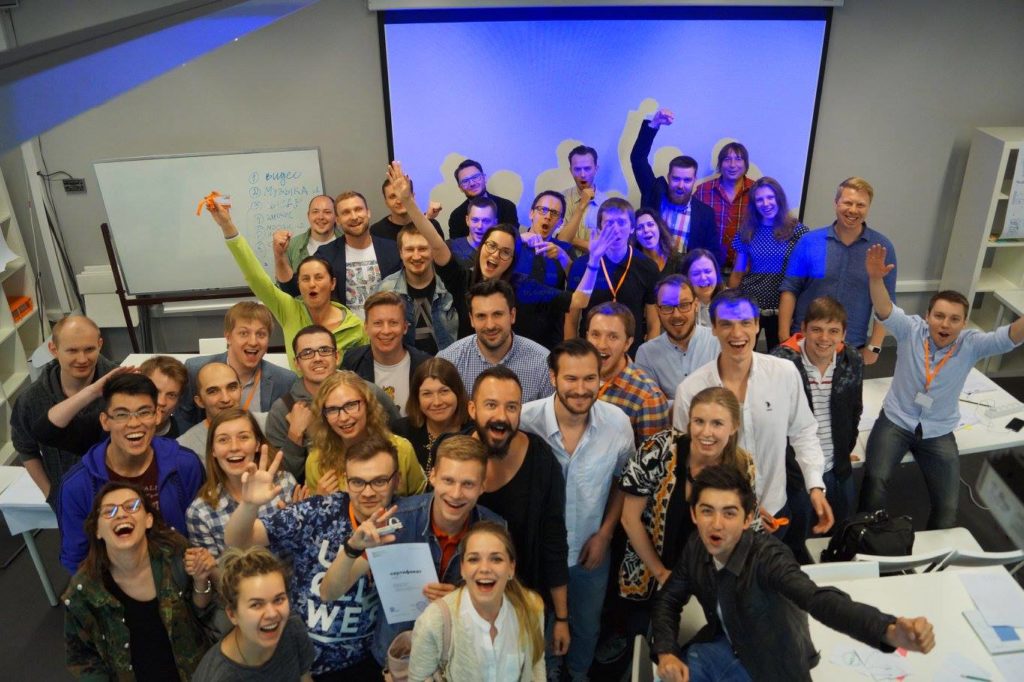
')
A few years ago, Yaroslav Shuvaev launched an intensive UX & UI course at the British High School of Design . In winter and summer, a group of 30-40 students is recruited who, over the course of 8 days of intensive work, pump their skills in product design and make an educational project showing their knowledge. Moreover, it turned out to be so popular that the summer set was divided into several streams so that the groups could work more comfortably. This year, one of these streams was given to supervise the Mail.Ru Group designers (June 28-July 6)
We have a lot to say about how modern approaches to interface design have allowed one of the largest domestic companies to make a qualitative leap in their development. For example, over the past few years, the international brand My.com has been launched, entire Mail.Ru Group product lines are being transferred to their own design system, and mobile applications constantly fall into the official collections of the best year on Android and iOS. Of course, there are still places where the company is rightly reproached, but we are in the middle of a long way along a major update. And for many companies that are just starting their way to systematizing design, the experience of a leader will be useful.
In order to keep within a rather short period of time and make the system work, we took as a basis the variation of design thinking from Google Ventures - design sprints . Together with the IBM version , these are two good examples of how you can adapt the methodology, which has slightly lost its former flair, to the real tasks of product design. The design sprint falls on the format of the intensity is not quite clear, but the curriculum turned out to be close to the basic idea.
First day - acquaintance with the course and the basics of the design process. Most students are practicing specialists, so they do not need to chew on the basic trivia. But recalling key messages is useful, especially if they are embedded in the entire history of a multi-day curriculum. Someone helps to improve the course skills, someone - to get out of the current work environment and refresh knowledge, and there are several product managers who want to better understand the designers.



Presentation .

Presentation .
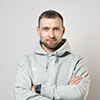


The second task of the day of dating is to assemble teams of educational projects. The strength of the intensives of the British is that representatives of large domestic companies are invited, due to which the tasks are more realistic. We had 6 tasks:

In the evening, they talked about the tasks, after which the students asked a ton of questions and went to share in teams. There is always an imbalance and you have to manually equalize the number of participants in the group. This is a little insulting for those who were forced to be rearranged, but otherwise you will not get effective teamwork.
The group spent the second day of the intensive and the first day of the design sprint studying the problem space. If we shift the schedule to the double diamond model from the British Design Council, then on this day it was important to advance in understanding the business, users and their problems that a potential product can solve. Ivan Mikhailov, who managed to work as an interface designer and product manager, had them well along this path. As a result, the groups received a ranked set of problems, of which they chose the most valuable for business and users. They had to be further analyzed the next day.





The second day of the design sprint is devoted to working out the most valuable problems for business and user from those described the previous day. Students deeper worked out the scenarios of several options, studied the market and the decisions of competitors. The output was connected sketches of five product solutions, which show different ways to solve the problem. The practical part was conducted by Dima Osadchuk, Igor Silkin, Kostya Zubanov, Slava Yashkov and Andrey Sundiyev.
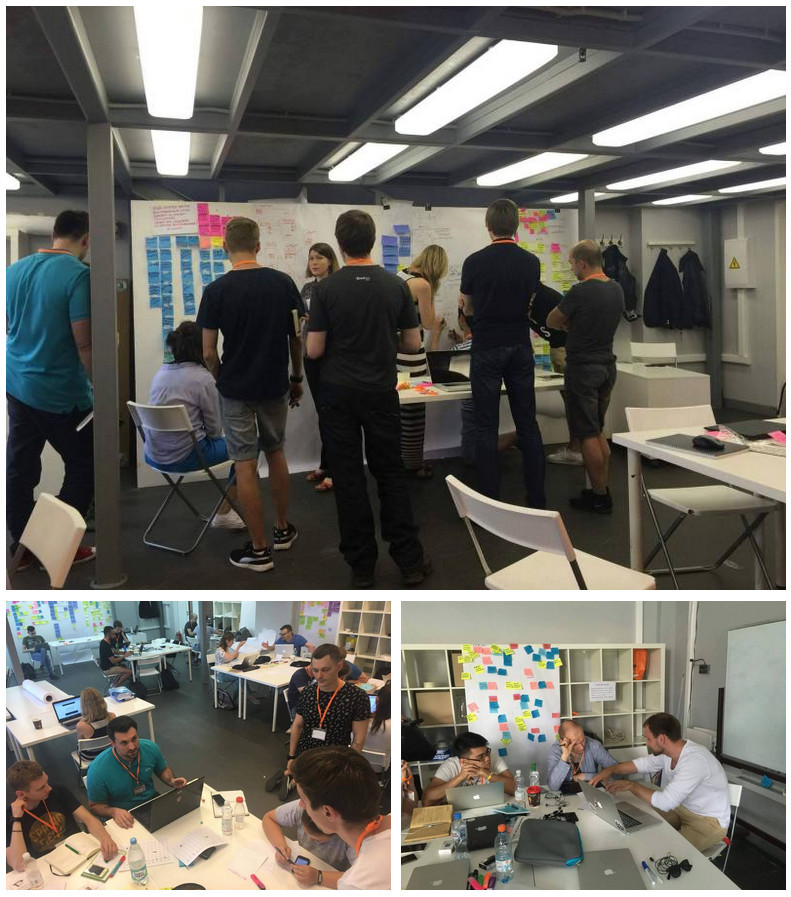




The third day of the design sprint is the choice of the solution most valuable to business and users. Of the five options, students determine the most promising approach, and then work out it in more detail. A full scenario of using the product appears, specific screens are thought out, the foundation for the final solution is laid. The practical part was conducted by Artem Gladkov, Andrei Sundiyev and Slava Yashkov.
Design thinking assumes that in the course of developing the service, the understanding of the problem deepens and it may turn out that it is necessary to return to the previous stage and correct the problem itself or the details of the solution. For some teams, the path was more or less smooth, but some rethought the previous days. This is normal, because it is important for us to get a product in demand in the market that solves the problems of users and business, and not just go through a certain process.




Version with animation .


The fourth day of the design sprint is the creation of a detailed prototype of the solution, which will be tested live. Here, finally, work begins with computer design tools for creating layouts, prototypes and animation. The product has a visual style, character, it can be felt live on the device. In terms of knowledge, this is one of the busiest days - so many lectures. The practical part was led by Kostya Zubanov, Artur Kasimov, Vlad Polyakov and Igor Silkin.
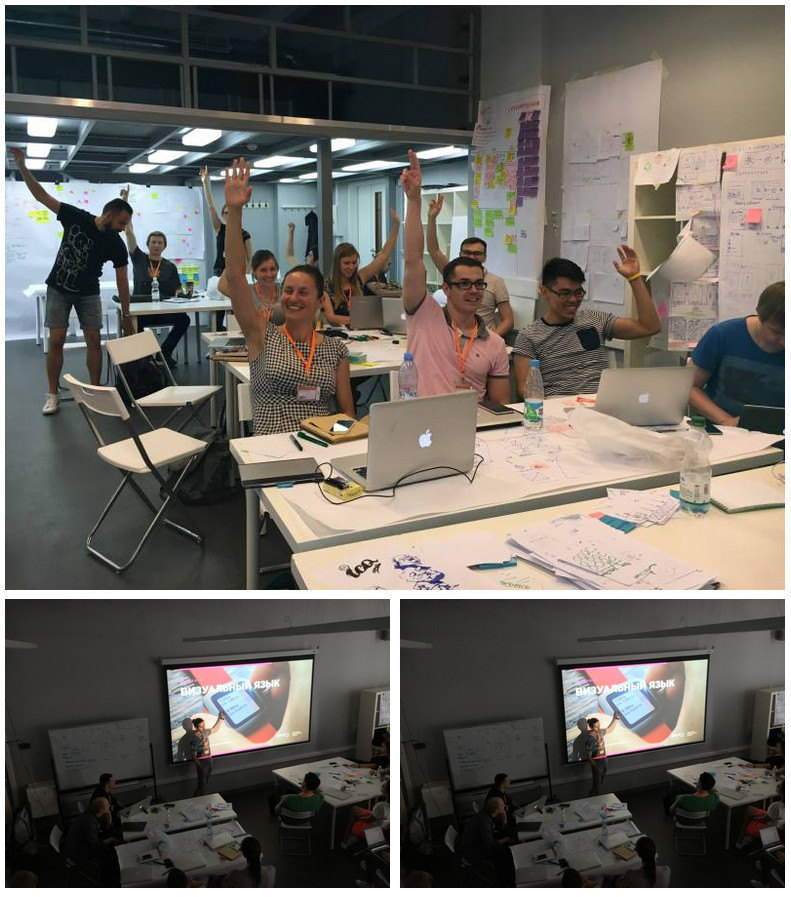






Version with animation .

Version with animation .

The last day of the design sprint should help students test their decision in practice. With the help of corridor usability testing, they see how potential users work with the prototype and modify it after each session. As a result, the day turns into a constant stream of receiving feedback and iterative changes, during which the future product is polished and becomes closer to reality. Since during this period there were few people in the territory of our British corps, the respondents were the participants of the neighboring teams, which passed on to the next group. The practical part was led by Ksenia Sternina and Anna Preobrazhenskaya.
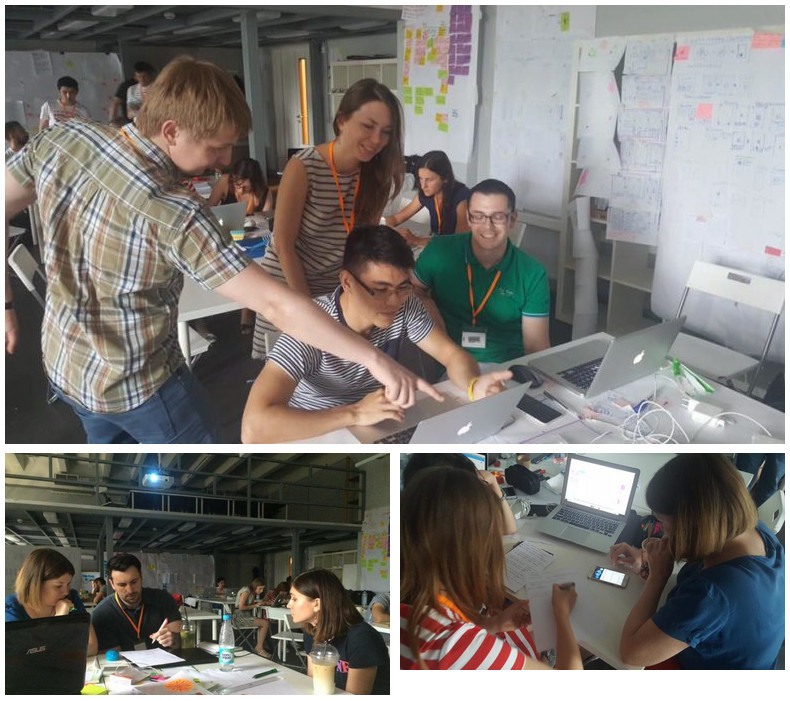



The course program is very dense and in addition to lectures and practical parts, students have to sit in the evenings and nights in order to advance well on the task. To do this, in the middle of the intensive is a day off, so that they can go out and prepare for the next jerk. But we did not want to break the design sprint, so the free day was closer to the end. As a rule, students go to visit the office of one of the companies represented at the intensive, and this time they went to the Mail.Ru Group.

After the product idea has been studied, the problem has been formulated and a solution has been found, training groups prepare for the presentation and protection of the project. They need to put the story in 5-10 minutes, anticipating many of the questions of the jury. The preparation of the presentation itself is another reason to improve the prototype, because in the course of the storyline runs inconsistencies regularly surface. Well, since this day is more free than others, teams have the opportunity to make their decision even better. The practical part was led by Ivan Mikhailov and Kostya Rubtsov.







Before protecting projects, students still had enough time to rehearse and improve the prototype and presentation. Toward the end of the day, a jury of project curators gathered to give feedback on the final presentations.
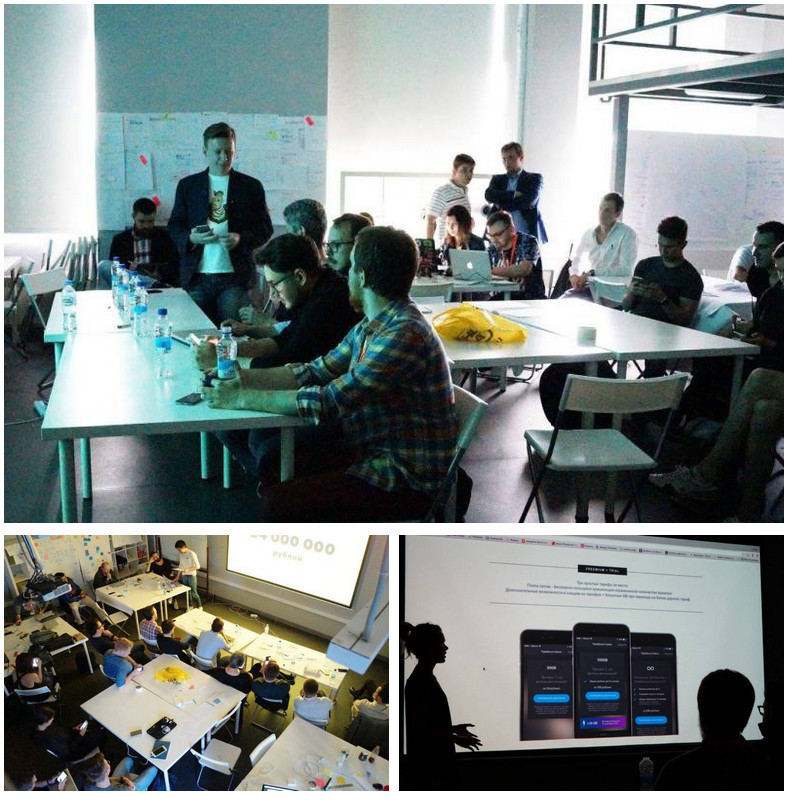
For us, as the organizers of the intensive, this was the first experience of responsibility for the entire program, and one of the fears was that studying would not lead to good decisions. The very first presentation removed these fears - the teams did a good job with the curators and got a good idea of the problem, worked out the solutions and prototypes deeply, and the presentations perfectly formed into a clear presentation. The presentation lasts 5-10 minutes, including the description of the product idea and the demonstration of the prototype. After that, the jury asks clarifying questions, praises or points to flaws. Well, after the defense, the most pleasant thing is the distribution of certificates and afterparty.

Presentation .
The general scheme of the intensive - lectures before lunch and practical work after. In order to somehow reduce the pressure on the students, we tried to insert in the second half of the day the culling - it is better to refresh the many hours of the master class. The set is divided into several groups that are working on educational projects. The result of each day should be preparation for the next - the program is very dense and it is better not to leave tails. Moreover, it is important that they constantly receive feedback from project representatives. A frequent problem of student work is that they show an intermediate result to the supervisor near the end, when it is too late to change something. We constantly reminded the leaders of the teams to keep a constant connection with the product - this is another important aspect of the grocery work that needs to be learned after intensive work.
Each of the groups worked in different ways - someone made a focus on the depth of design work, someone devoted most of his time to properly stating the problem of business and the user, someone gushing ideas. In any case, it was very pleasant to look at the presentation - the students had a great investment in the products and spoke well about them. You should not wait for a revolution in the market from an educational project - its main task is to put knowledge into practice. But the teams still tried their best and offered balanced solutions.
One of the leading domestic cartographic services has a constant task - to update the information on points on the map. Now the company pays agents for updating information, but the annual costs are decent. Students should consider alternative solutions that will allow 2GIS to save money.
Presentation , Video
Banks are actively thinking in the direction of personal financial managers who will help the client to manage expenses more efficiently. This increases loyalty and binds better to the company. The team had to offer their own vision of such a product.
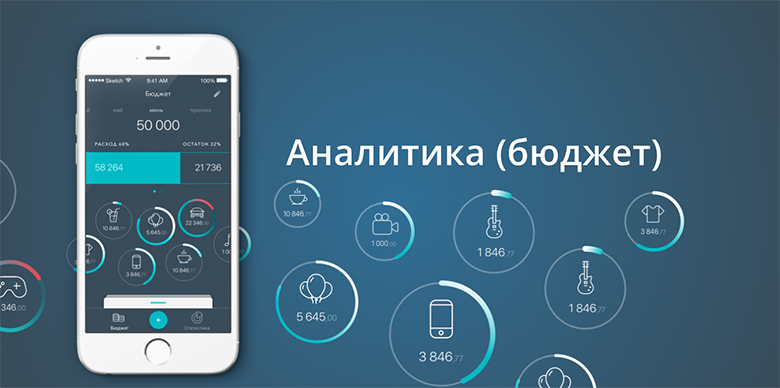
Video
The eternal headache of any content consumption service is an effective recommendation system that will prompt the user more films, music or news suitable for him. As a result, he uses the service more actively and returns to it more eagerly. Students should have thought of a recommendation system for a music service. The team of this project was divided into two parts, so there were two ideas.
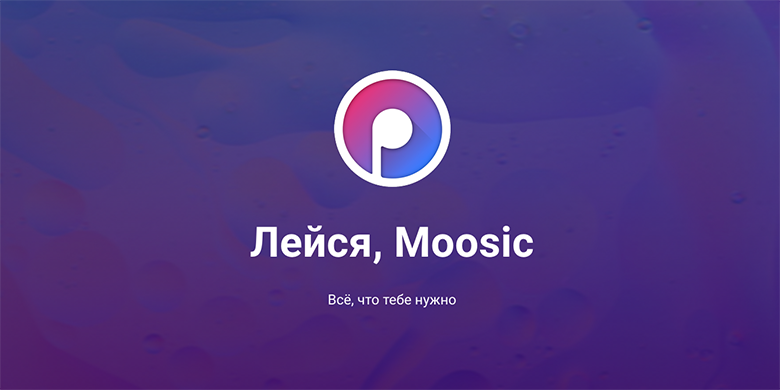
Video
Presentation , Video
Phones have become crazy generators of photos and videos, so their memory is instantly clogged (especially since the most popular models with a minimum amount of internal storage). This problem is solved by both cloud services embedded in the platform and third-party services. But there are many small problems in their work that spoil the impression. Students had to offer a more accurate solution where the user never thinks about the free space on the device.

Video
Messengers are wildest popular in recent years, while they are constantly trying to reinvent themselves - videos, bots, snaps, etc. Some of these ideas complement the familiar mechanics, some completely break it. The team had to offer a solution for the video messenger, which could be ICQ.
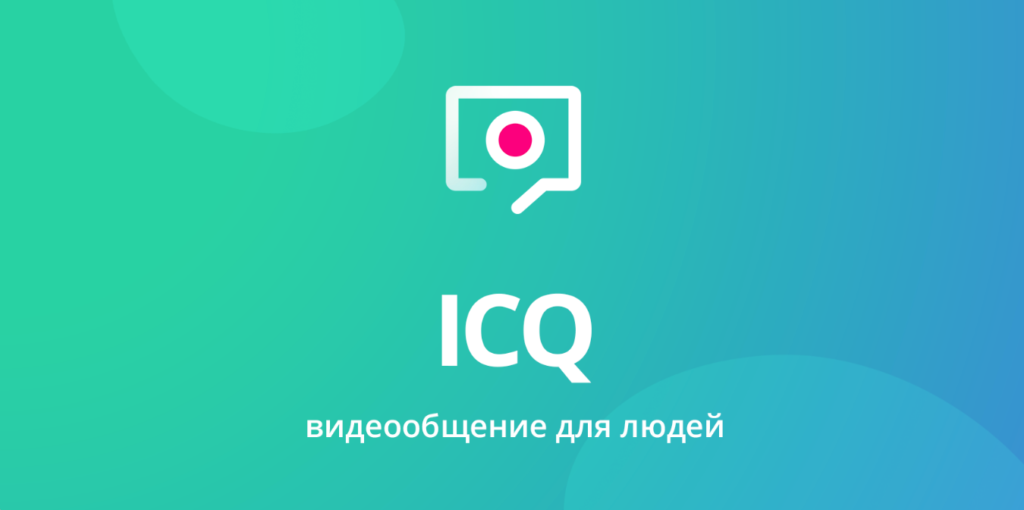
Video 1 , Video 2 , Video 3
Social networks and other Internet services, on the one hand, removed from the user a headache for the safety of photos and other pleasant moments of life. But they are also subject to hacking, closure, malfunctions. Students should have thought about a product that backs up social networking content.

Video
Although for us this is not the first experience of creating and conducting a coherent curriculum, for the first time we made it a large group of designers. Among the teachers were designers of different departments of the Mail.Ru Group, who rarely interact with each other on work issues. We learned to better coordinate with each other, which will help in the main work - in a sense, it turned out to be a small team building. And they also improved their performance skills, for many of them were the first presentations - they are strong practitioners and they have something to share.
It turned out a good modern product design program that we want to refine and use for training within the company. To make the quality of products even higher, it is important to increase the overall design culture. This means that the basic skills of good design should be available to all members of the product team - managers, developers, testers, marketers. Then the expertise of the company will rise to a new level - I talked about this in a series of presentations about the UX-strategy.
Thanks to Yaroslav Shuvaev, the founder of the intensive, for the opportunity to make this course. As well as students who laid out in full and burned eyes during the whole 8 days. And, of course, our entire team of teachers: Ksenia Sternina, Ivan Mikhailov, Oleg Andrianov, Artur Kasimov, Vlad Polyakov, Mitya Osadchuk, Artem Gladkov, Andrey Sundiyev, Slava Yashkov, Kostya Zubanov, Anna Preobrazhenskaya, Igor Silkin, Konstantin Rubtsov and Mikhail Ponomarenko.


')
A few years ago, Yaroslav Shuvaev launched an intensive UX & UI course at the British High School of Design . In winter and summer, a group of 30-40 students is recruited who, over the course of 8 days of intensive work, pump their skills in product design and make an educational project showing their knowledge. Moreover, it turned out to be so popular that the summer set was divided into several streams so that the groups could work more comfortably. This year, one of these streams was given to supervise the Mail.Ru Group designers (June 28-July 6)
We have a lot to say about how modern approaches to interface design have allowed one of the largest domestic companies to make a qualitative leap in their development. For example, over the past few years, the international brand My.com has been launched, entire Mail.Ru Group product lines are being transferred to their own design system, and mobile applications constantly fall into the official collections of the best year on Android and iOS. Of course, there are still places where the company is rightly reproached, but we are in the middle of a long way along a major update. And for many companies that are just starting their way to systematizing design, the experience of a leader will be useful.
In order to keep within a rather short period of time and make the system work, we took as a basis the variation of design thinking from Google Ventures - design sprints . Together with the IBM version , these are two good examples of how you can adapt the methodology, which has slightly lost its former flair, to the real tasks of product design. The design sprint falls on the format of the intensity is not quite clear, but the curriculum turned out to be close to the basic idea.
Day 0: Introduction
First day - acquaintance with the course and the basics of the design process. Most students are practicing specialists, so they do not need to chew on the basic trivia. But recalling key messages is useful, especially if they are embedded in the entire history of a multi-day curriculum. Someone helps to improve the course skills, someone - to get out of the current work environment and refresh knowledge, and there are several product managers who want to better understand the designers.

The story about the course and the British (J. Shuvaev and I, plus representatives of the British)


Presentation .
Fundamentals of Psychophysiology (Ya.Shuvaev)

Presentation .
Design process (D.Osadchuk)

UX-strategy (Y. Vetrov)

The role of the product designer (Y. Vetrov)

Presentation of educational projects and division into teams
The second task of the day of dating is to assemble teams of educational projects. The strength of the intensives of the British is that representatives of large domestic companies are invited, due to which the tasks are more realistic. We had 6 tasks:
- 2GIS: Agent (update data on the maps). Curator Dmitry Pilikov .
- Sberbank: Personal financial manager. Curator Dmitry Scheglov .
- Acronis: Backing up social network data. Curators Denis Kortunov and Dmitry Borisenkov .
- Photos Mail.Ru: Cloudy photo gallery. Curator Andrei Sundiyev .
- ICQ as a video messenger. Curator Konstantin Rubtsov .
- Music Mail.Ru: Recommender system. Curators Artur Kasimov and Vlad Polyakov .

In the evening, they talked about the tasks, after which the students asked a ton of questions and went to share in teams. There is always an imbalance and you have to manually equalize the number of participants in the group. This is a little insulting for those who were forced to be rearranged, but otherwise you will not get effective teamwork.
Day 1: Understanding the Problem
The group spent the second day of the intensive and the first day of the design sprint studying the problem space. If we shift the schedule to the double diamond model from the British Design Council, then on this day it was important to advance in understanding the business, users and their problems that a potential product can solve. Ivan Mikhailov, who managed to work as an interface designer and product manager, had them well along this path. As a result, the groups received a ranked set of problems, of which they chose the most valuable for business and users. They had to be further analyzed the next day.

Design thinking (Y. Vetrov)

User research (K. Sternina)

Product expectations (I. Mikhailov)

Side-projects (I.Silkin)

Day 2: Finding a solution hypothesis
The second day of the design sprint is devoted to working out the most valuable problems for business and user from those described the previous day. Students deeper worked out the scenarios of several options, studied the market and the decisions of competitors. The output was connected sketches of five product solutions, which show different ways to solve the problem. The practical part was conducted by Dima Osadchuk, Igor Silkin, Kostya Zubanov, Slava Yashkov and Andrey Sundiyev.

Analytics and research for designers (Y. Vetrov)

Creative techniques (D.Osadchuk)

Rapid prototyping (D.Osadchuk and I.Silkin)


Day 3: Solution Concept
The third day of the design sprint is the choice of the solution most valuable to business and users. Of the five options, students determine the most promising approach, and then work out it in more detail. A full scenario of using the product appears, specific screens are thought out, the foundation for the final solution is laid. The practical part was conducted by Artem Gladkov, Andrei Sundiyev and Slava Yashkov.
Design thinking assumes that in the course of developing the service, the understanding of the problem deepens and it may turn out that it is necessary to return to the previous stage and correct the problem itself or the details of the solution. For some teams, the path was more or less smooth, but some rethought the previous days. This is normal, because it is important for us to get a product in demand in the market that solves the problems of users and business, and not just go through a certain process.

The principles of the team (Y. Vetrov)

Guidelines and restrictions for web and mobile (V.Yashkov, K.Zubanov and A.Gladkov)


Version with animation .

Adaptability (A.Gladkov)

Day 4: Solution Prototype
The fourth day of the design sprint is the creation of a detailed prototype of the solution, which will be tested live. Here, finally, work begins with computer design tools for creating layouts, prototypes and animation. The product has a visual style, character, it can be felt live on the device. In terms of knowledge, this is one of the busiest days - so many lectures. The practical part was led by Kostya Zubanov, Artur Kasimov, Vlad Polyakov and Igor Silkin.

Sketch (O. Andrianov)

Self-organization of the designer and the systems approach (A. Sundiev)

How to cope with chaos (V.Polyakov and A.Kasimov)


Animation (I.Silkin and K.Zubanov)


Version with animation .
Prototyping (K.Zubanov)

Version with animation .
Calligraphy, lettering, font (M.Ponomarenko)

Day 5: Prototype Testing
The last day of the design sprint should help students test their decision in practice. With the help of corridor usability testing, they see how potential users work with the prototype and modify it after each session. As a result, the day turns into a constant stream of receiving feedback and iterative changes, during which the future product is polished and becomes closer to reality. Since during this period there were few people in the territory of our British corps, the respondents were the participants of the neighboring teams, which passed on to the next group. The practical part was led by Ksenia Sternina and Anna Preobrazhenskaya.

Product metrics (I. Mikhailov)

Usability Testing (K. Sternina and A. Preobrazhenskaya)


Output
The course program is very dense and in addition to lectures and practical parts, students have to sit in the evenings and nights in order to advance well on the task. To do this, in the middle of the intensive is a day off, so that they can go out and prepare for the next jerk. But we did not want to break the design sprint, so the free day was closer to the end. As a rule, students go to visit the office of one of the companies represented at the intensive, and this time they went to the Mail.Ru Group.

Day 6: Retrospective, product improvement and presentation preparation
After the product idea has been studied, the problem has been formulated and a solution has been found, training groups prepare for the presentation and protection of the project. They need to put the story in 5-10 minutes, anticipating many of the questions of the jury. The preparation of the presentation itself is another reason to improve the prototype, because in the course of the storyline runs inconsistencies regularly surface. Well, since this day is more free than others, teams have the opportunity to make their decision even better. The practical part was led by Ivan Mikhailov and Kostya Rubtsov.

UI Kit and design systems for web and mobile (J.Vetrov, A.Sundiev, V.Polyakov, A.Kasimov)




Design Management (K.Rubtsov)

How to present projects (I. Mikhailov)

Final Day: Project Presentation
Before protecting projects, students still had enough time to rehearse and improve the prototype and presentation. Toward the end of the day, a jury of project curators gathered to give feedback on the final presentations.

For us, as the organizers of the intensive, this was the first experience of responsibility for the entire program, and one of the fears was that studying would not lead to good decisions. The very first presentation removed these fears - the teams did a good job with the curators and got a good idea of the problem, worked out the solutions and prototypes deeply, and the presentations perfectly formed into a clear presentation. The presentation lasts 5-10 minutes, including the description of the product idea and the demonstration of the prototype. After that, the jury asks clarifying questions, praises or points to flaws. Well, after the defense, the most pleasant thing is the distribution of certificates and afterparty.
The Basics of Digital Marketing (Ya.Shuvayev)

Presentation .
Educational projects
The general scheme of the intensive - lectures before lunch and practical work after. In order to somehow reduce the pressure on the students, we tried to insert in the second half of the day the culling - it is better to refresh the many hours of the master class. The set is divided into several groups that are working on educational projects. The result of each day should be preparation for the next - the program is very dense and it is better not to leave tails. Moreover, it is important that they constantly receive feedback from project representatives. A frequent problem of student work is that they show an intermediate result to the supervisor near the end, when it is too late to change something. We constantly reminded the leaders of the teams to keep a constant connection with the product - this is another important aspect of the grocery work that needs to be learned after intensive work.
Each of the groups worked in different ways - someone made a focus on the depth of design work, someone devoted most of his time to properly stating the problem of business and the user, someone gushing ideas. In any case, it was very pleasant to look at the presentation - the students had a great investment in the products and spoke well about them. You should not wait for a revolution in the market from an educational project - its main task is to put knowledge into practice. But the teams still tried their best and offered balanced solutions.
2 GIS
One of the leading domestic cartographic services has a constant task - to update the information on points on the map. Now the company pays agents for updating information, but the annual costs are decent. Students should consider alternative solutions that will allow 2GIS to save money.
Presentation , Video
Sberbank: Assistant
Banks are actively thinking in the direction of personal financial managers who will help the client to manage expenses more efficiently. This increases loyalty and binds better to the company. The team had to offer their own vision of such a product.

Video
Mail.Ru music
The eternal headache of any content consumption service is an effective recommendation system that will prompt the user more films, music or news suitable for him. As a result, he uses the service more actively and returns to it more eagerly. Students should have thought of a recommendation system for a music service. The team of this project was divided into two parts, so there were two ideas.
Team number 1

Video
Team number 2
Presentation , Video
Mail.Ru Photos
Phones have become crazy generators of photos and videos, so their memory is instantly clogged (especially since the most popular models with a minimum amount of internal storage). This problem is solved by both cloud services embedded in the platform and third-party services. But there are many small problems in their work that spoil the impression. Students had to offer a more accurate solution where the user never thinks about the free space on the device.

Video
ICQ
Messengers are wildest popular in recent years, while they are constantly trying to reinvent themselves - videos, bots, snaps, etc. Some of these ideas complement the familiar mechanics, some completely break it. The team had to offer a solution for the video messenger, which could be ICQ.

Video 1 , Video 2 , Video 3
Acronis: Memoir
Social networks and other Internet services, on the one hand, removed from the user a headache for the safety of photos and other pleasant moments of life. But they are also subject to hacking, closure, malfunctions. Students should have thought about a product that backs up social networking content.

Video
Results
Although for us this is not the first experience of creating and conducting a coherent curriculum, for the first time we made it a large group of designers. Among the teachers were designers of different departments of the Mail.Ru Group, who rarely interact with each other on work issues. We learned to better coordinate with each other, which will help in the main work - in a sense, it turned out to be a small team building. And they also improved their performance skills, for many of them were the first presentations - they are strong practitioners and they have something to share.
It turned out a good modern product design program that we want to refine and use for training within the company. To make the quality of products even higher, it is important to increase the overall design culture. This means that the basic skills of good design should be available to all members of the product team - managers, developers, testers, marketers. Then the expertise of the company will rise to a new level - I talked about this in a series of presentations about the UX-strategy.
Thanks to Yaroslav Shuvaev, the founder of the intensive, for the opportunity to make this course. As well as students who laid out in full and burned eyes during the whole 8 days. And, of course, our entire team of teachers: Ksenia Sternina, Ivan Mikhailov, Oleg Andrianov, Artur Kasimov, Vlad Polyakov, Mitya Osadchuk, Artem Gladkov, Andrey Sundiyev, Slava Yashkov, Kostya Zubanov, Anna Preobrazhenskaya, Igor Silkin, Konstantin Rubtsov and Mikhail Ponomarenko.
Source: https://habr.com/ru/post/305778/
All Articles